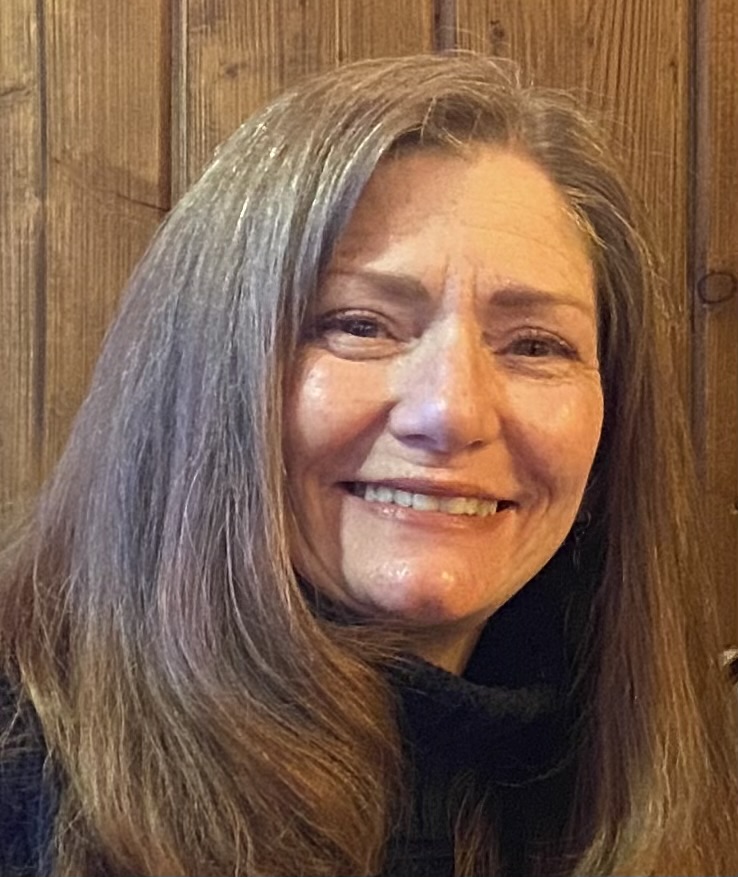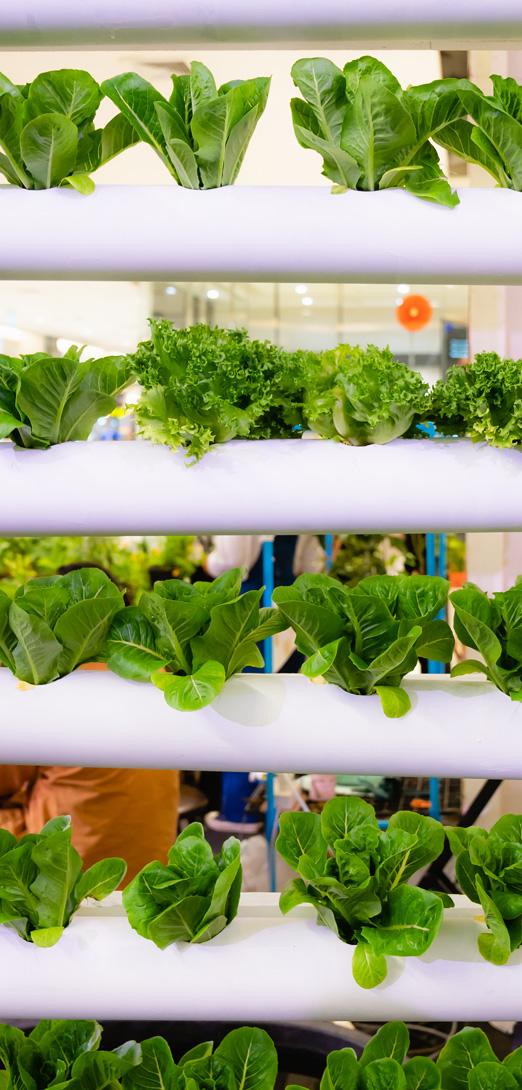Who do you think experiences the land more authenticallyauthentically— us in our modern attire, or those who wear traditional footwear?
I do a connecting exercise with my class early in the year that sets the tone for our approach to understanding our human connections to the land. First, we feel the soles of our shoes with our hands and discover how desensitized our feet are due to the thickness of the bottom of the shoe. Next, we remove our shoes and feel the soles of our feet with our hands. Of course, we note the increased sensitivity with only a sock as a barrier to touch. We discuss the difference with and without shoes.
Then we take the exercise outside!
We add a walk to the plan, so the kids can feel the difference between walking with and without footwear. After experiencing the heightened awareness with an uncovered foot, we discuss the fact that First Peoples who occupied the very land upon which we walk had no footwear like ours to protect themselves from the elements. We talk about what may have comprised Indigenous peoples’ footwear, such as moccasins made from animal skin, and how its protective qualities still gave them more opportunity to feel their surroundings than our thicker synthetics give us now.
I ask them the question, “Who do you think experiences the land more authentically—us in our modern attire, or those who wear traditional footwear? Who is really closer to, and thereby knows, the land better?”

Kindergarten, Lois E. Hole Elementary School, St. Albert
Got an Idea?
Teacher Hacks is a place for colleagues to share their awesome ideas. If you have a hack that you’d like to share with your colleagues, please email a summary and photos to managing editor Cory Hare at cory.hare@ata.ab.ca.



